A partner you can trust
How to Choose the Right Electric Cable for Your Global Procurement Needs
In today's rapidly evolving industrial landscape, the selection of the right electric cable is paramount for businesses engaged in global procurement. According to a recent report by Market Research Future, the global electric cable market is projected to reach approximately $200 billion by 2026, driven by the increasing demand from various sectors including construction, energy, and telecommunications. This surge underscores the critical need for organizations to make informed choices that align with their specific operational requirements and regulatory standards. As electric cables are pivotal in ensuring the efficiency and safety of electrical systems, understanding the various types available, along with their applications, can significantly impact a company's bottom line. In this blog, we will delve into the essential factors to consider when choosing electric cables, helping you navigate the complexities of global procurement.

Understanding the Different Types of Electric Cables Available for Procurement
When it comes to global procurement, understanding the various types of electric cables is crucial for making informed purchasing decisions. Electric cables come in numerous varieties, each designed for specific applications and environments. For instance, copper cables are renowned for their high conductivity, making them ideal for electrical installations where efficiency is paramount. In contrast, aluminum cables, while slightly less conductive, are lighter and more cost-effective, making them suitable for overhead power lines and long-distance transmission.
Another essential type to consider is the armored cable, which provides enhanced protection against physical damage and environmental factors, making it a popular choice for industrial settings. Additionally, if your procurement needs include outdoor applications, it’s important to look into cables that are rated for extreme weather conditions, such as those with UV protection and water resistance. Understanding these different types of electric cables not only helps ensure safety and compliance but also optimizes performance and longevity in various projects.
How to Choose the Right Electric Cable for Your Global Procurement Needs - Understanding the Different Types of Electric Cables Available for Procurement
| Cable Type | Voltage Rating (V) | Conductor Material | Application | Temperature Rating (°C) |
|---|---|---|---|---|
| PVC Insulated Cable | 450/750 V | Copper | Domestic Wiring | 70 |
| XLPE Insulated Cable | 0.6/1 kV | Aluminum | Industrial Use | 90 |
| Armoured Cable | 300/500 V | Copper | Outdoor and Underground | 70 |
| Flexible Cable | 300/500 V | Copper | Portable Equipment | 75 |
| Low Voltage Cable | 0.6/1 kV | Aluminum | Power Distribution | 90 |
Key Factors to Consider When Selecting Electric Cables for Global Use
When selecting electric cables for global use, several key factors must be considered to ensure optimal performance and safety. The market for fiber optic cables, for instance, is expected to reach $103.19 billion by 2025, with a compound annual growth rate (CAGR) of 10.0% through 2033. This highlights the importance of choosing cables that not only meet current demand but are also future-proofed for advancements in technology like 5G.
Tip 2: It's crucial to evaluate compatibility with global standards. As seen in the rising importance of ODN products, compliance with international specifications can enhance cable performance and reduce potential risks. Ensure that the cable materials can withstand varying climates and installation environments.
By focusing on these aspects, you can better navigate the complexities of selecting the right electric cables for your global procurement needs.
Assessing Compliance and Standards for International Electric Cables
When selecting the right electric cable for international procurement, compliance with various standards plays a crucial role. Global markets are subject to evolving national regulations that can significantly impact the selection process. For instance, recent assessments of submarine cable landing licenses highlight how regulations intertwine with national security, foreign policy, and trade policies. Companies must navigate these complexities to ensure that the cables they procure not only meet technical specifications but also adhere to the regulatory frameworks of the jurisdictions in which they operate. This compliance is vital for avoiding legal pitfalls and ensuring project success.
Furthermore, the environmental impact of electric cables, particularly with the rise of renewable energy sources, cannot be overlooked. The burial of cables in marine settings has been shown to disturb substantial quantities of organic carbon stocks, raising concerns among environmental stakeholders. As procurement professionals assess their cable options, it is essential to consider not only the technical performance and regulatory compliance but also the environmental implications. This holistic approach will ensure that procurement choices are sustainable and responsible, aligning with both corporate social responsibility goals and international environmental standards.
Compliance Standards for Electric Cables Across Regions
This chart illustrates the compliance standards for electric cables in different regions, highlighting the proportion of cables meeting international standards such as IEC, UL, and BS.
Evaluating Cost-Effectiveness in Electric Cable Procurement Decisions
When it comes to evaluating cost-effectiveness in electric cable procurement, understanding the total cost of ownership (TCO) is crucial. Research by the International Electrotechnical Commission (IEC) suggests that the initial purchase price only accounts for about 15% of the total expenses associated with electric cables over their lifespan. This includes installation costs, energy efficiency, maintenance, and the potential costs associated with downtime if cables fail. Therefore, procurement decisions should prioritize quality and durability alongside cost, as opting for cheaper options can lead to greater long-term expenses.
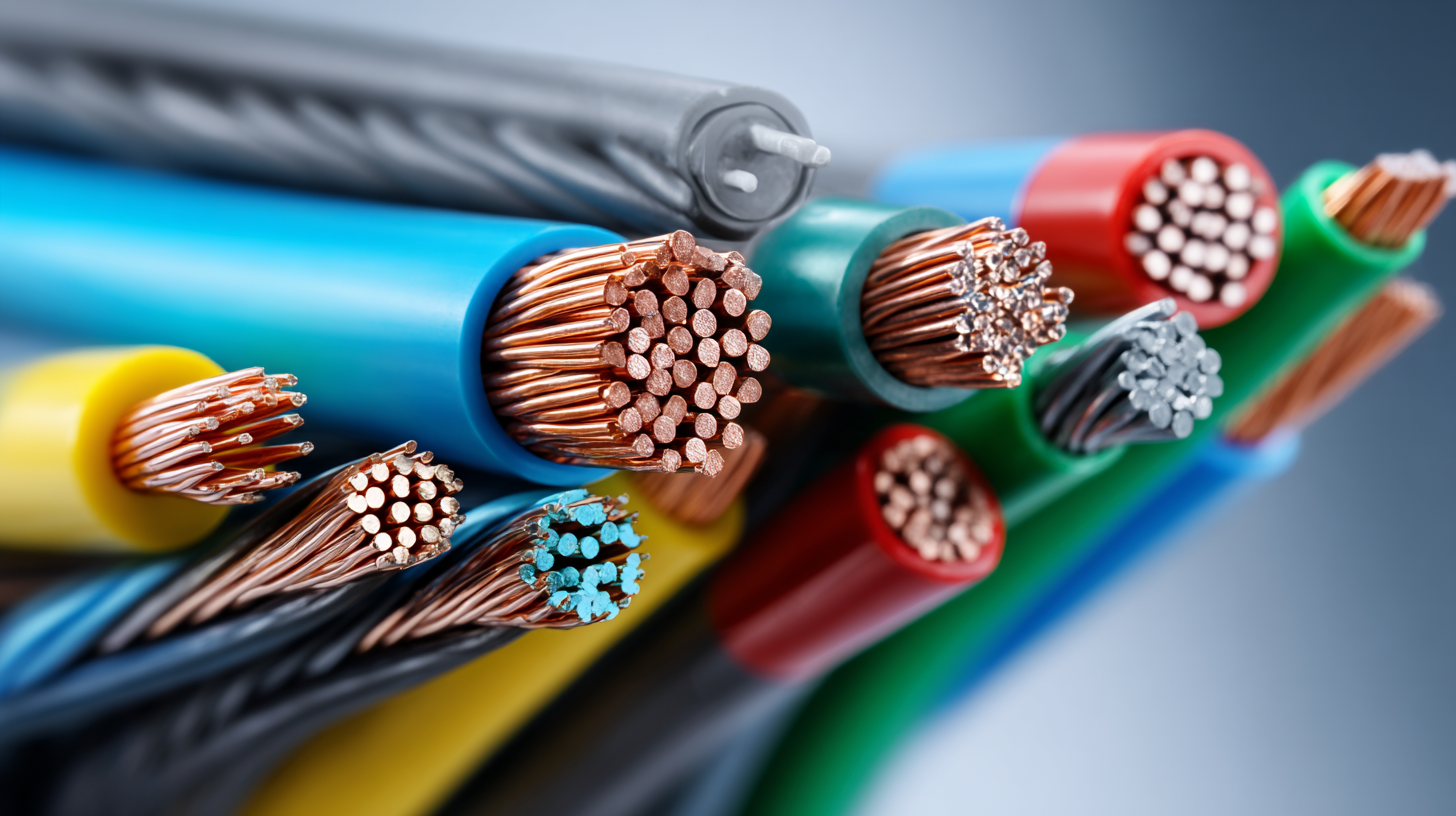
Furthermore, market analysis indicates that high-quality electric cables can reduce energy losses by up to 30%, significantly contributing to operational savings. According to a report by Allied Market Research, the global electric cables market was valued at approximately $150 billion in 2020, projected to reach $250 billion by 2027. This growth underscores the increasing importance of efficient procurement strategies. By selecting cables that offer higher cost-effectiveness, procurement professionals can not only optimize their budgets but also support sustainability initiatives through lower energy consumption and reduced waste over time. Investing in the right electric cable can thus yield significant financial and environmental benefits in the long run.
Future Trends in Electric Cable Technology for Global Supply Chains
In recent years, the electric cable market has experienced steady growth, driven by the increasing demand for renewable energy solutions and infrastructure improvements worldwide. By 2023, the electric cable market size has reached approximately $20.894 billion, with projections indicating a rise to $21.708 billion by 2024. This growth trajectory reflects the surge in global supply chain activities, particularly in the Asia-Pacific region, which holds around 45% of the market share. As new technologies emerge and electric cable applications broaden, understanding future trends becomes crucial for procurement decisions.
Tips: When selecting electric cables, consider factors such as application-specific requirements, environmental conditions, and compliance with international standards. This proactive approach ensures not only reliability but also optimal performance in various settings.
Looking ahead, innovations in electric cable technology are poised to significantly impact global supply chains. Advances in materials and manufacturing processes are not only enhancing durability but also improving energy efficiency. As seen in the rising trend of high-voltage cables, their market is set to expand, offering new opportunities for businesses engaging in green energy projects. Staying informed about these trends will enable procurement teams to make strategic choices that align with the evolving demands of the industry.
Tips: Engage with suppliers who are at the forefront of technological advancements in the cable industry to secure a competitive edge in your procurement strategy.
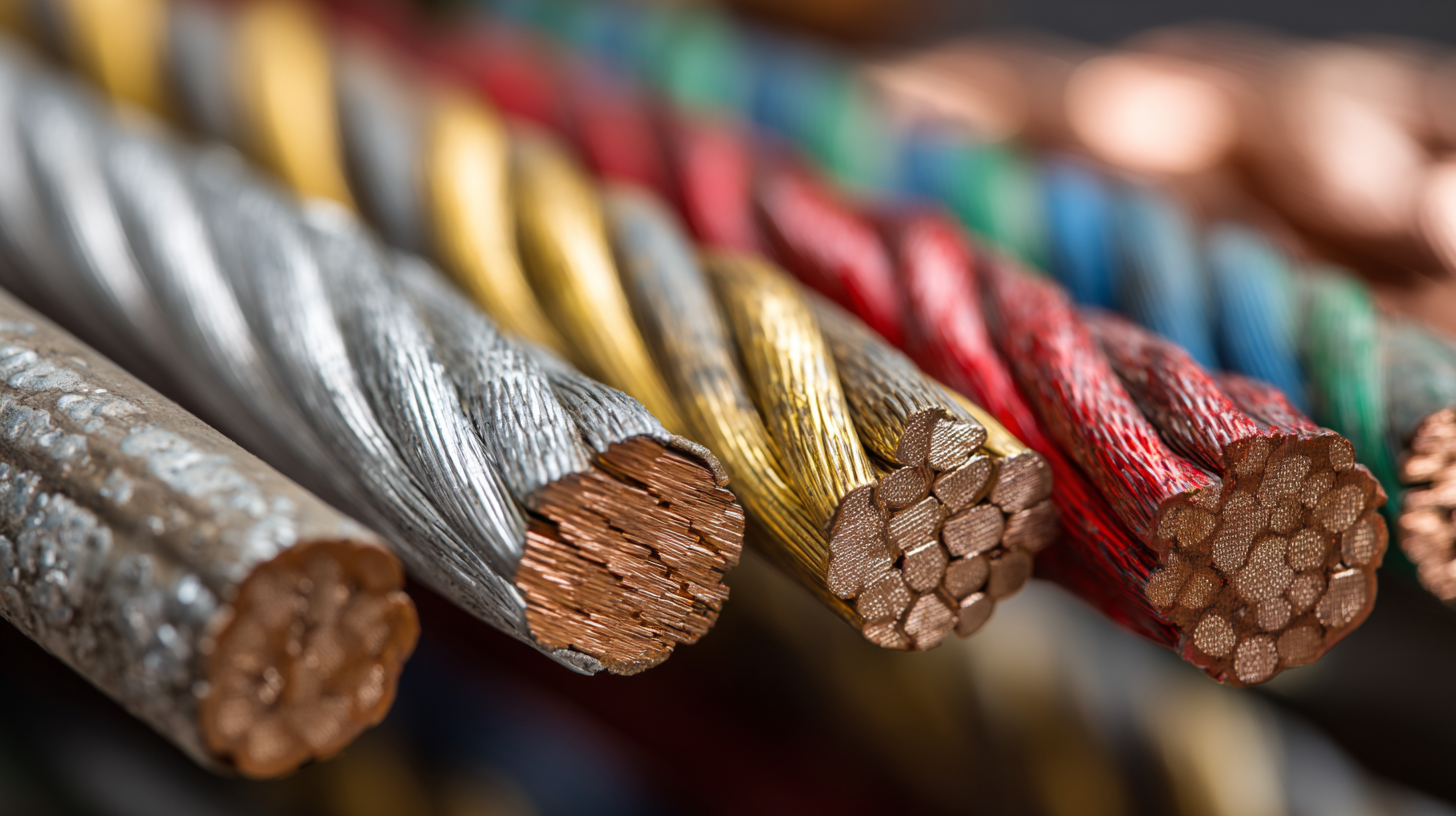
Related Posts
-

10 Essential Tips for Sourcing Electric Cables Effectively in 2023
-

The Ultimate Guide to Choosing the Right Electric Cable for Your Projects
-

Exploring Innovative Power Extension Cable Options for Every Need
-

7 Reasons Why Shielded Power Cables Enhance Electrical Safety and Efficiency
-

Innovative Uses of Electric Cable Wire in Modern Technology
-

Advantages of Choosing High Quality Electric Cable for Your Projects
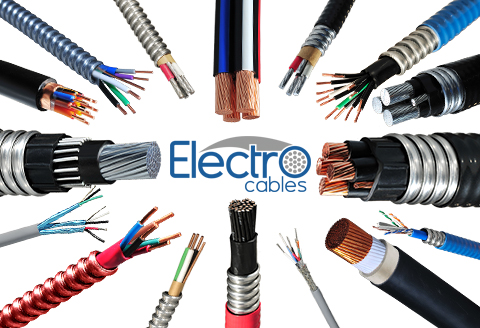
Products
Products
LEARN MORE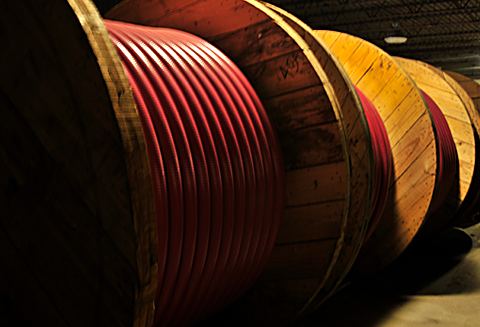
Current Inventory
Current Inventory
LEARN MORE
Custom Solutions
Custom Solutions
WE CAN HELPLighting Power & Control-Signal Cable
This content is restricted to site members. If you are an existing user, please log in. New users may register … LEARN MORE “Lighting Power & Control-Signal Cable”
LOOKING
FOR HELP?
We are here to help. You can contact us or create an account online to have access to special products, technical specifications and our new online quote tool.
ELECTRO CABLES
9 Riverside Drive
P.O. Box 276
Trenton, Ontario
CANADA K8V 5R5
N.A. Toll Free: 888-ELECTRO
(1-888-353-2876)
World: 613-394-4896
Fax: 613-394-4101
Email: sale@machinecables.com
We manufacture cables that are certified by the Canadian Standards Association (CSA), listed by Underwriters Laboratories and/or listed by Intertek (ETL).
Our quality management system is registered to ISO 9001: 2015. Our team is dedicated to consistently providing quality service and products to our customers.
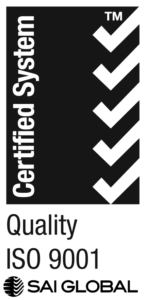
© 2025 ELECTRO CABLES • SITE BY SNAP 360•
